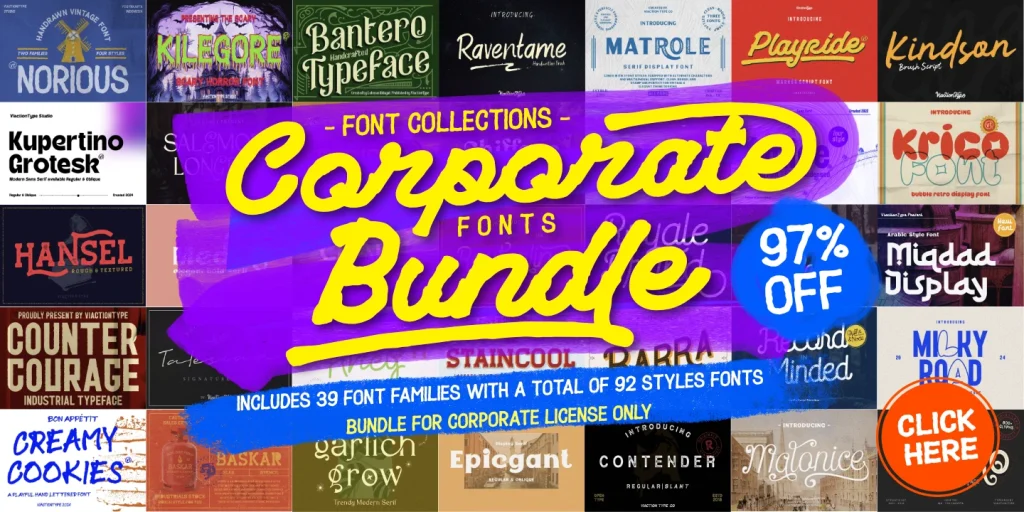Learn what font licensing means and how to avoid legal issues in design projects. A simple, essential guide for designers, clients, and business owners.
Introduction: Why Font Licensing Matters
Fonts may look free to download or easy to share, but using them without proper licensing can lead to copyright violations, client liability, or even legal consequences.
Whether you’re a graphic designer, web developer, or small business owner, understanding font licensing is critical to protecting yourself and your projects.
This article breaks it down in simple terms—no legal jargon, just clear answers.
1. What Is a Font License?
A font license is a legal agreement between the font creator (or foundry) and the user. It determines:
-
How you can use the font
-
Where you can use it (print, web, app, etc.)
-
How many users/devices can install or access it
❗ Reminder: Buying or downloading a font doesn’t always mean you own it—you’re often just buying the right to use it in specific ways.
2. Types of Font Licenses (and What They Cover)
| License Type | Typical Use Cases |
|---|---|
| Desktop License | Logos, posters, packaging, PDFs |
| Webfont License | Websites (via CSS @font-face rules) |
| App License | Fonts embedded in mobile or desktop apps |
| E-pub License | eBooks, digital magazines |
| Server License | Fonts used dynamically in a web app or SaaS |
| Broadcast License | TV, film, video streaming |
Not all fonts include every type—always check the license terms on the font product page.
3. Free Fonts vs Paid Fonts: What’s the Catch?
There are great free fonts (e.g., Google Fonts), but even free fonts come with licenses—some limit commercial use, some require attribution.
Paid fonts often:
-
Allow broader commercial usage
-
Include customer support and updates
-
Come with proper documentation for clients
✅ Pro Tip: Always read the EULA (End User License Agreement) before using a font in paid or commercial projects.
4. Common Licensing Mistakes to Avoid
-
❌ Downloading fonts from “free font” websites without verifying the license
-
❌ Assuming fonts are free just because they come with a template or file
-
❌ Embedding desktop-only fonts on a website
-
❌ Sharing fonts directly with clients or collaborators without proper rights
5. Fonts for Client Work: Who Should Buy the License?
Scenario 1: The Designer Uses the Font
If you’re using the font just to deliver static designs (e.g., a logo), you can use your own license—unless the client needs ongoing use (like editing templates).
Scenario 2: The Client Will Use the Font
If the client needs the font (for internal use or brand kits), they must purchase their own license unless your font license allows transfer.
📄 Add a note in your project handover or invoice explaining font usage rights. This protects both you and your client.
6. How to Check or Buy a Font License Properly
-
✅ Use trusted marketplaces (like MyFonts, ViactionType, Adobe Fonts, Creative Market, or your own store)
-
✅ Read the full license terms before purchasing
-
✅ Keep a copy of the license agreement or receipt
-
✅ Contact the foundry or seller if in doubt
7. Final Thoughts: Design Safe, License Smart
Licensing fonts isn’t complicated—it just requires attention. By using licensed fonts correctly, you:
-
Avoid legal risks
-
Maintain client trust
-
Support type designers and creators
- Looking for fonts with clear, commercial-friendly licenses?
- Explore our curated collection of ready-to-use fonts for branding, packaging, web, and more.
Browse Licensed Fonts and Font Collections.

